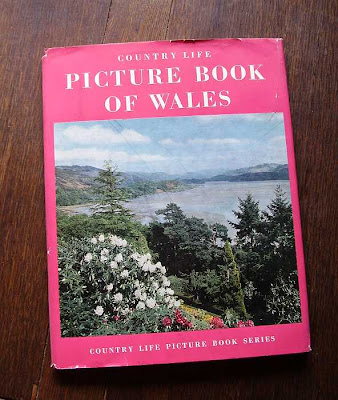As modellers we're, by and large, very good at sorting out the historical accuracy of the railway side of the fence. We can generally get locos, stock and structures to match, and include those out of time subtleties of earlier liveries and out of period pieces still clinging on. Our sensibilities are so finely tuned that we easily spot and ridicule the appearance of the BR mk1 in films and TV dramas set before world war two.
Take a step away from the railway's property and we do less well. I realise that for some it really won't matter, won't impinge on happiness or satisfaction but it bugs the life out of me to see the effort, skill and determination to create a realistic railway sabotaged by the out of period and out of character wider setting.
I've an idea that two factors are at play; the first is our natural focus on the railway component of the model, the second being that railways were standardised and prescriptive in a way that the rest of the world was not. It's easy to apply the specified shades of paint to a station shelter or signal box and get it right, harder to do so for the cottage, shop and factory. Many is the model supposedly set in the fifties that uses today's palette, hardware and proportions. With a lack of 'rules' specifying pattern and colour what is the modeller to do?
The answer is to buy one of these, or something similar.
Country Life published a whole series of these in the fifties, they cover the whole of Britain though the rural predominates. Most are black and white rather than colour, but even so they give a valuable reference to regional architecture, landscape and farming practises.
They're beautifully escapist in their own right; hunt one down and drift off to a quieter time and place.

